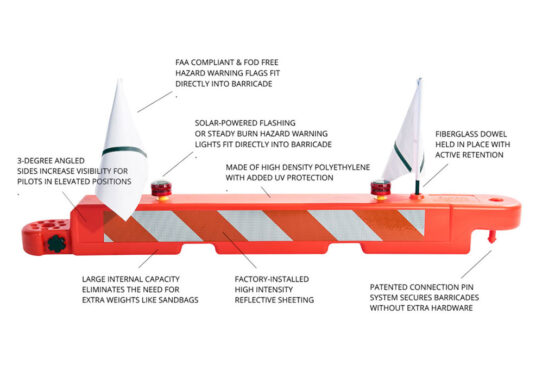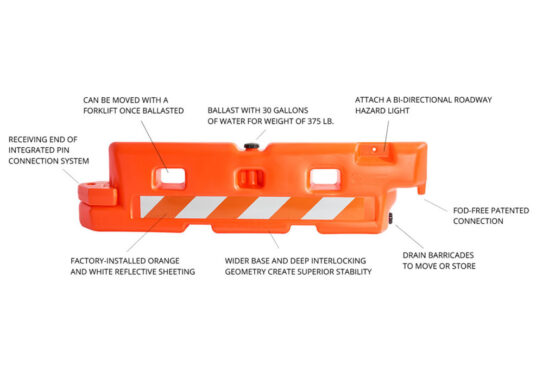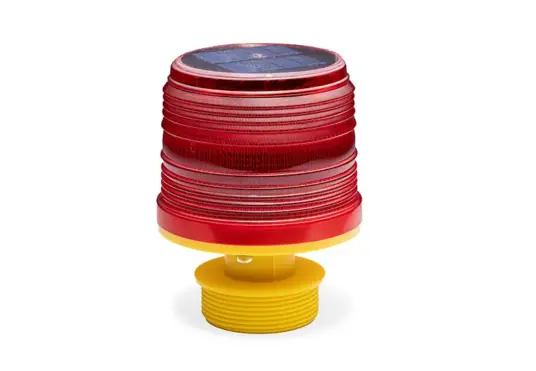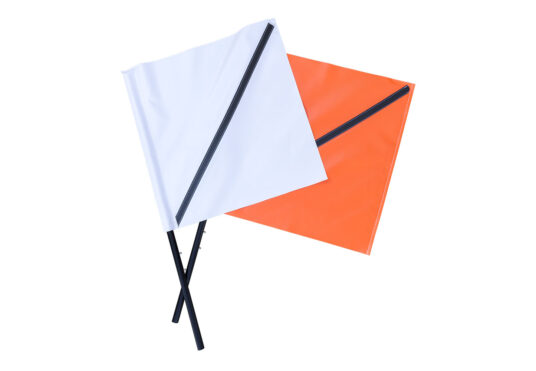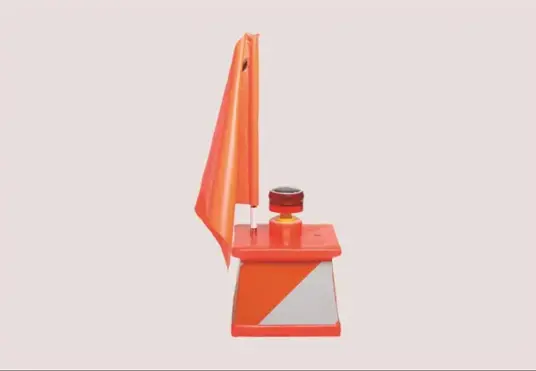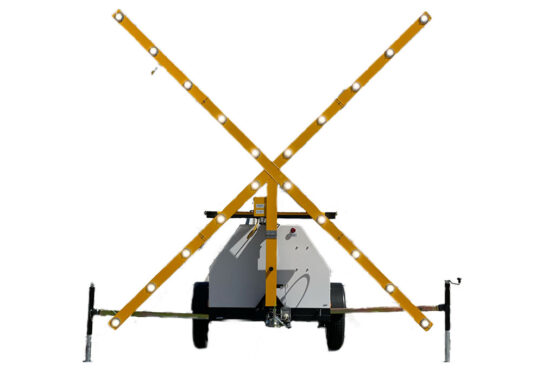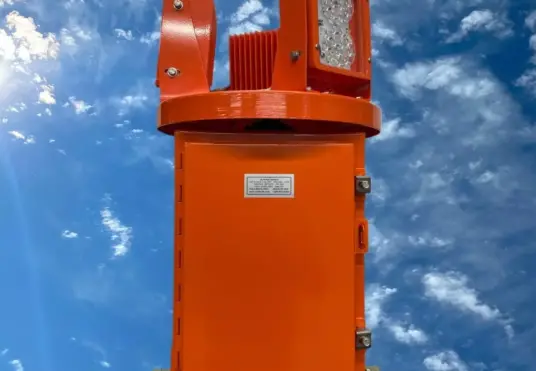
AIRPORT SAFETY EQUIPMENT

OTW Safety specializes in manufacturing the highest quality plastic airport safety barricades on the market. In any airport construction project, safety requirements and FAA compliance are top priorities. Choose OTW if you want reliable barricades, personalized service, and direct pricing.
Call for Direct PricingPlan Your Next Airport Construction Project
Our line of airport safety products includes standard 10″ low-profile airport barricades and heavier duty 24″ low-profile barricades, solar flashing or steady burn lights, low-profile airport delineators, and hazard marker flags. Each of these products is specifically designed to meet the needs of large and small airports while exceeding FAA compliance standards.
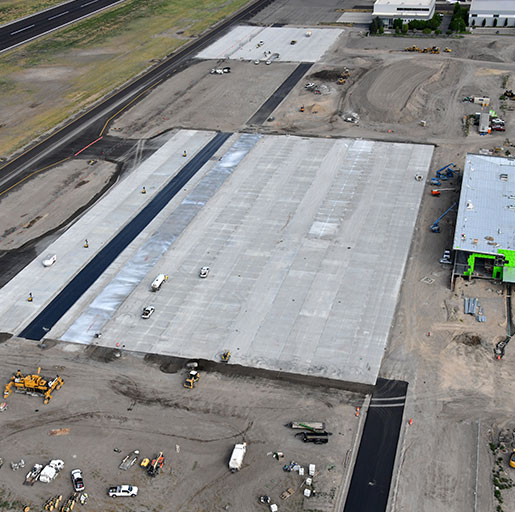
The Most Trusted Airport Barricades Worldwide
OTW airport barricades are trusted by major airports worldwide to warn pilots of hazardous construction zones and ensure traveler safety. The quality and durability of our airport safety barricades have earned us a reputation that is second to none.
OTW airport safety barricades are designed to meet the requirements and specifications of the professionals who use them. Integrated interlocking pins allow our airport barriers to interconnect without additional hardware and each barricade features specially designed fill-holes to accommodate two lights and two flags. All of our plastic airport barricades and optional lights and flags meet the FAA requirement to prevent introduction of foreign object debris (FOD) into the operational area of the airport.
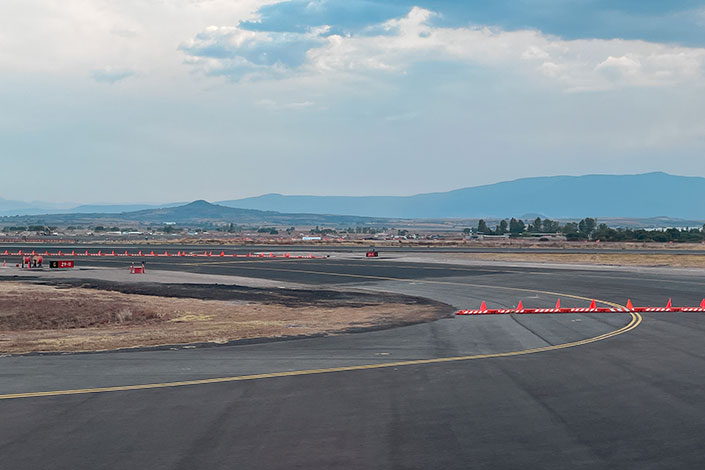
Jet-Blast Resistant Barricades
Our 10″ low-profile airport barricade – the AR10x96 – is our most popular. Composed of blow-molded high-density polyethylene (HDPE), it weighs only 19 pounds empty but once ballasted with water can weigh up to 260 pounds! At 10 inches high, this advantageous height to weight ratio gives the AR10x96 significantly enhanced staying power during inclement weather and high wind conditions.
All of our airport barricades are thoroughly tested. The AR10x96 for example, has been subjected to independent wind tunnel tests by Darko Technologies. Ballasted and outfitted with lights and flags, the low-profile airport barricade proved immovable even when confronted with wind speeds in excess of 70 MPH, the maximum speed able to be generated in the tunnel. We are very proud to say this benchmark sets the standard industry-wide and surpasses requirements set forth by the Department of Defense Unified Facilities Criteria and the FAA.
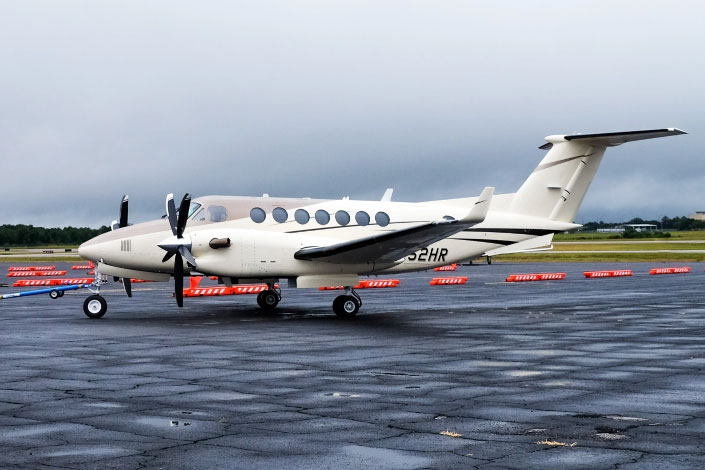
Airport Runway Lights
FAA airport regulations require that construction zones, equipment, and any other potential runway hazards be clearly marked with lighted airport barricades. Our airport runway hazard lights meet this requirement along with being efficient to install and FOD-free. The base of the hazard light screws directly into our airport barricades, eliminating extra hardware and labor.
We offer two different types of hazard lights – solar flashing and solar steady burn. Our solar-powered models require no battery changes, which makes them the most cost-effective option in the long run.
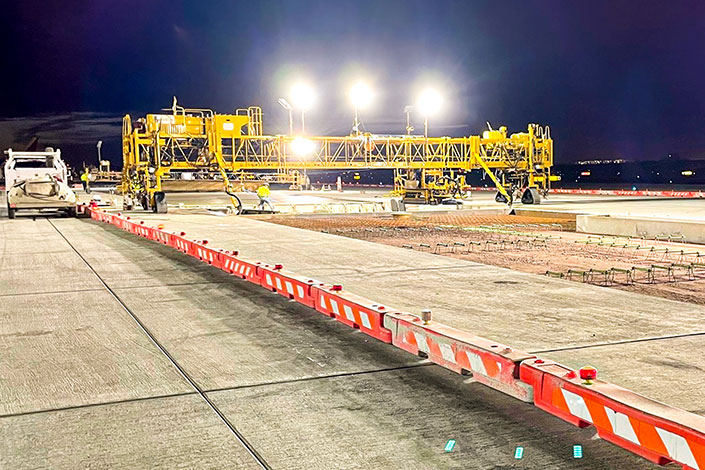
Airport Barricade Flags
Our airport barricade flags are the superior choice when your project calls for highly-visible warning markers. In an effort to eliminate common problems with airport safety flags used in airport construction we created the The Airport Barricade Flag. It was specifically designed to create a FOD-free environment by integrating with our low profile airport barricade without any additional fasteners or bolts. It was originally designed in collaboration with the Salt Lake City International Airport and has since gone through a series of design and material improvements to arrive at its current state.
By upgrading the dowel of the flag from metal to fiberglass, an extremely strong and lightweight material, the flags are now even more resistant to snapping in high winds. We also tackled the issue of flags coming loose from the barricades in high winds. Our newly developed active retention design securely fixes the dowel to the barricade. The safety flag material itself utilizes a heat-weld process to form a robust, highly tear-resistant product which reduces replacement costs over the long term.
“OTW Safety was a tremendous partner for the highly successful Special Olympics Airlift operation at Orlando Executive Airport! We can’t say enough great things about how their products assisted the safe and efficient operation in and out of our airport’s East Ramp. Using the low profile airport barricades to denote each arrival lane ensured each pilot knew exactly where to go and that their aircraft was properly marked for ground crew operators. The team at OTW provides great customer service and quickly gets back to us with specifics on their products. We look forward to the continued use of our durable high quality low profile barricades on future airport projects and events!”
Gary Trotta A.A.E. Manager, Orlando Executive Airport
